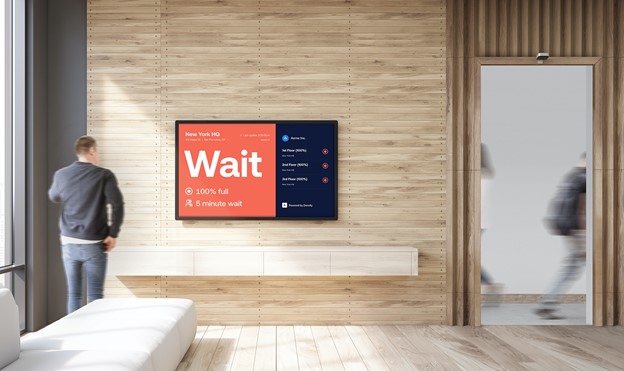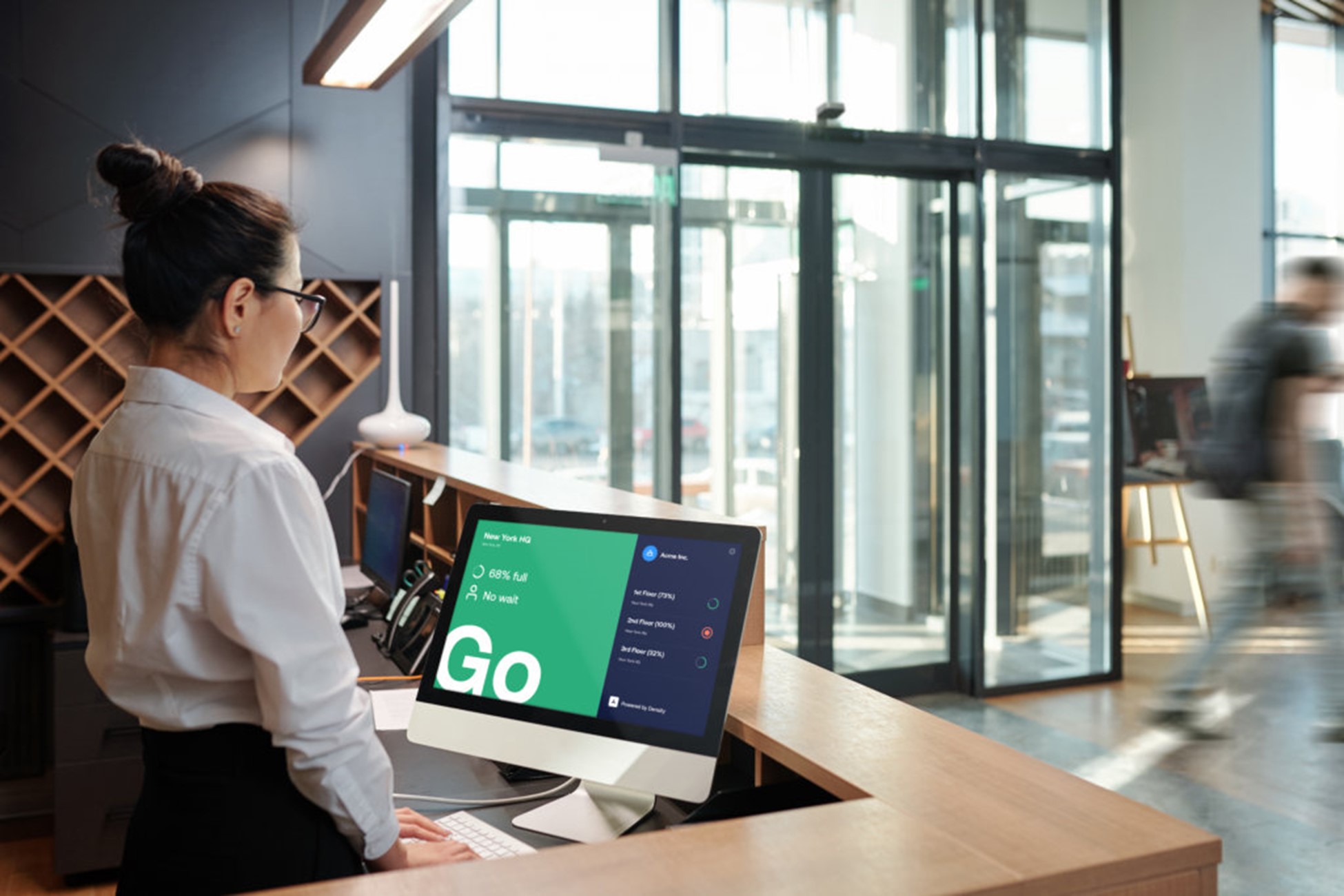Encourage employees to return to the office by promoting safe usage of building amenities
Print this Article | Send to Colleague
With headquarters largely empty amid the pandemic, companies are having to come up with creative ways to attract employees back to the office, where there are far more opportunities for collaboration and engagement in ways they often can’t at home. Owners and managers are more than eager to help and bring up their occupancy levels. Focus on health and safety is a must, but what can landlords offer that employees cannot get working from home?
 |
How about working out at the gym, enjoying lunch in the outdoor space with a view, having socially distanced events in a meeting room or relaxing in a tenant lounge? According to multiple sources, these are some of today’s must-have commercial building amenities but managing occupancy during a pandemic can be a challenge. Here is where technology comes in.
Occupancy analytics platforms can help by allowing you to set maximum capacity for any room, floor or building and automatically determine if there's enough space for people to enter. The installation involves setting up sensors above entry doors to count people going in and out of physical space. Machine learning and software analytics analyze the data to produce reports, alerts and messages to keep staff and users informed.
People are intuitive and used to seeing digital signage. Given proper messaging they can decide if they're comfortable entering a space. Whether it is mounted on the outside of an entry door or incorporated into existing digital signage, it provides valuable information and lets users know if it is safe to enter.
 |
Occupancy analytics can keep track of safety compliance across millions of square feet of space. Data about all regions is available in real-time from anywhere in the world through a dashboard.
When a defined headcount reaches an unsafe level, alerts will notify security, safety staff and workplace teams in real-time with push notifications. Native push, SMS and email are all available depending on the platform. “It is a passive, non-invasive, yet effective way of controlling entry to any space with a capacity limit. There’s no need to have a person physically counting people going in and out,” says Ciprian Bandu from Realtimeoccupancy.com.
There are a number of people-counting systems like IR depth sensing, camera sensor and WIFI tracking, just to name a few. For commercial use, IR depth sensing systems work the best because they are the most accurate and anonymous. This means they can be deployed in public places, but also in bathrooms and change rooms without using personal identifiable information PII (e.g. facial recognition, sex, race, age).
Implementing an occupancy monitoring system not only allows landlords and tenants to reopen their office safely, but it reassures employees that they are being looked after. Additionally, owners and managers can provide transparency necessary to put their stakeholders at ease when returning back to the office and reinstall a sense of normality. In the long term, post-pandemic, the platform can be used to run commercial properties efficiently by reducing operating cost and provide solid data to justify capital expenditures.

